How to rejuvenate currants?

On the plot, in the vegetable garden and in the garden, there seems to be some kind of special life. And it does not end with the onset of cold weather, although in the off-season the work of the owners diminishes. Information dives will definitely be useful during this period: read about caring for plants, plan work for the new season. And also see, calculate which cultures need rejuvenation. For example, a currant bush, which is no longer so young, and it is time to increase its yield.
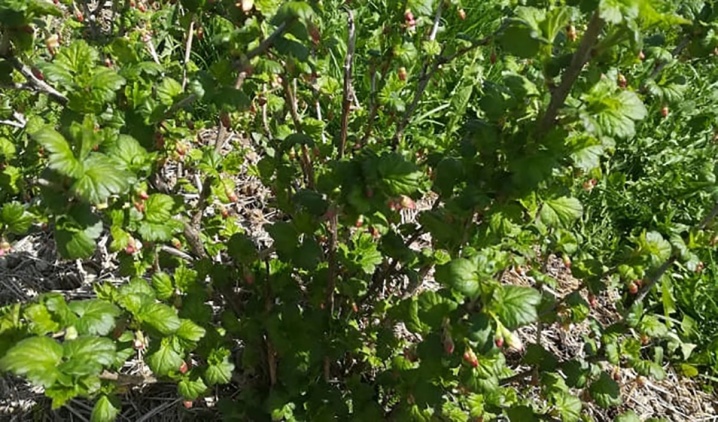
The need for a procedure
Rejuvenation is helping mature or, more often, old plants. The procedure is compared to resuscitation, because competent actions can really save the currant. This is especially true for new owners of plots, who may have found themselves in desolation. To uproot everything, to mow down - the option is too radical. And even if the plans of the new owners did not include currant bushes, saving the plant may be the best solution.
When an old bush needs to be rejuvenated:
- if the bushes have been sick for a long time or have suffered a serious attack of pests;
- if the foliage has become overgrown and simply does not allow neighboring plantations to develop normally;
- if the bush was initially formed incorrectly, and therefore cannot fully develop and does not bear fruit very abundantly;
- if individual shoots are so elongated that they already stretch to the ground;
- if the bush has been growing in this place for at least 5 years, you cannot call it particularly fruitful, and the berries are clearly small;
- the root system is broken / injured.

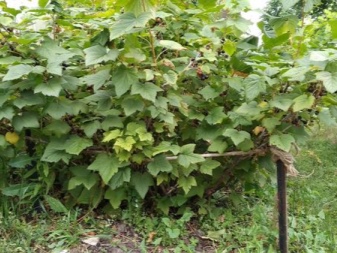
If you renew the shrub, the aeration and illumination of the berries will improve. The plant will get stronger, it will be easier for it to interact with the environment, its nutrition will improve, etc. For neglected cases, when it is no longer a shrub, but difficult thickets, renewal can extend its life span.
Yes, you should understand that anti-aging pruning does not always help. It happens that this no longer helps, and it is easier to uproot the shrub, work with the soil and plant a new bush. But if the second option looms in your head right away, without analytics and a trial of updating, you should warn - to remove everything and plant a new one will cost much more. Therefore, the renewal of currants can also be economically more profitable than radical measures.
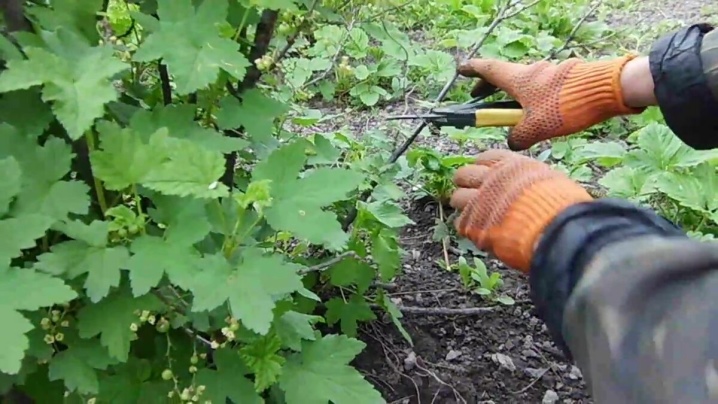
Timing
Pruning old branches is rejuvenation... Or rather, its most common technique. And it will continue throughout the life of the bush. It is better to do this either in early spring or in autumn.
How to choose a suitable period for currant rejuvenation:
- if it is spring, then you need to have time to catch the moment before the start of sap flow (if you did not have time, it is better to postpone it);
- it is also optimal to prune before the snow has melted;
- the plant is renewed in autumn in September or October;
- as soon as the foliage has fallen, you can proceed.
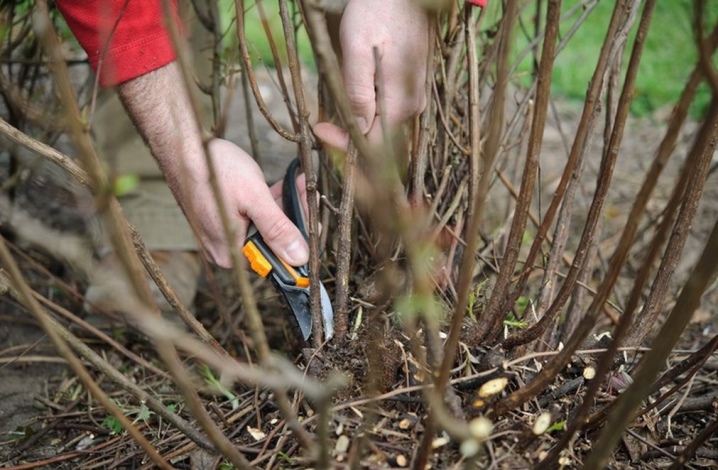
All other periods are not just unfavorable - they are dangerous for renewal. For example, if the sap flow has already begun, the juice will begin to flow out through fresh wounds, and those buds that have already managed to tie will simply rot. If you do not rush to prune in the fall, you can hold out until frost, which is also traumatic for renewed plants. Spring frosts are also not the best time.
Of course, the renewal itself, although it happens for the benefit of the plant, is considered a stressful moment for it.Therefore, suitable conditions will help the shrub quickly adapt to changes and capitalize on them as quickly as possible. If the renewal is carried out earlier or later than favorable terms, the shrub may not survive it. Or add problems to the existing ones.
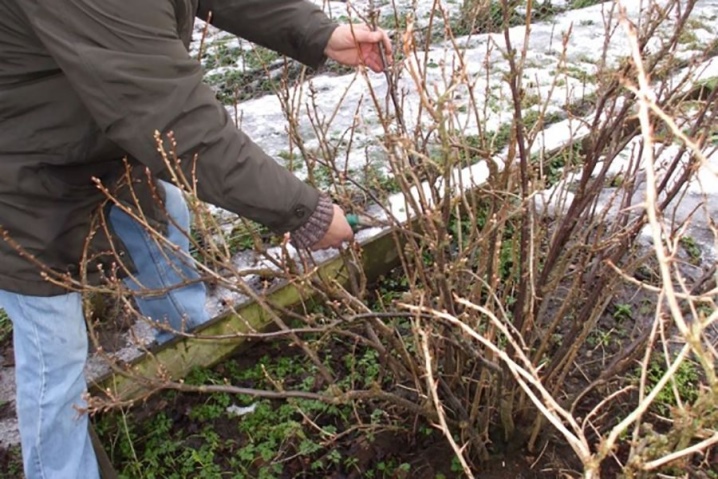
Instrument preparation
Cutting and restoring currants without gardening tools will not work... But everything is standard here, no rare equipment is required. Chances are, every gardener has a pair of clippers, a hacksaw, and a pruner.
Better to use your own, not to borrow from neighbors. And if you have to, do not forget about the need for disinfection. You will also need gloves and comfortable clothing - everything is standard.
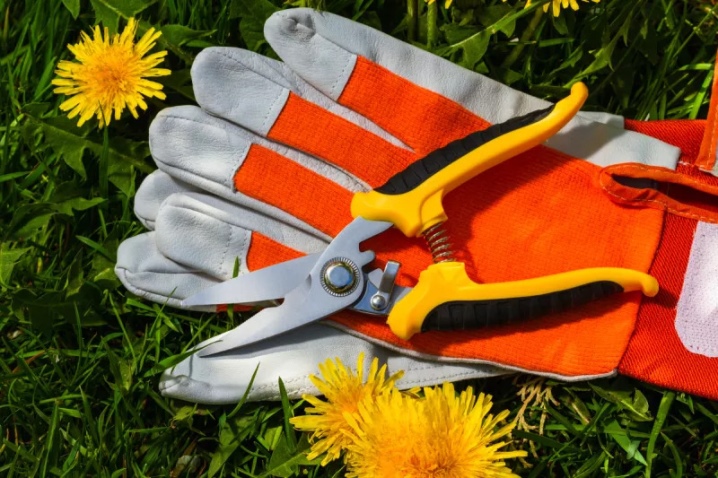
How to update different types of currants?
Black and red currants are different types, and their processing also has its own characteristics.
Black
First you need to analyze the condition of the wood. Dark areas on it mean defeat, you have to cut them to light wood. A stump of 2 cm will remain. And those scraps that remain after work are burned.
Rejuvenation of black currant is carried out in stages.
- Thin, weak, dry and old shoots are removed, but broken ones must be cut off above the bud. It is important that the shoots on the bush are evenly spaced on all sides. Branches are cut that go into the shade or inside the bush.
- Branches that are already actually lying on the ground must also be removed. This should not be done only if you want to dig in an escape for future vegetative reproduction.
- The most productive are considered two-year and three-year branches, therefore, shoots older than this age can be removed.
- The main purpose of rejuvenation is to stimulate the growth of so-called zero shoots, they grow from the part of the stem that is underground. If you remove 2-3 viable old branches, new ones will grow. But of these zero shoots, not all remain, but the three most powerful ones. These twigs will be stronger, healthier if you regularly remove the tops from their lower parts.
- Twisted and deformed branches also need to be removed., especially those that aphids have eaten. The dying tops of the shoots must also be cut off.
- Completing the rejuvenation of the shrub by pruning the tips of the branchesthat remained for fruiting. They are pruned to well-matured areas.
What this pruning gives: the plant comes to life, "wakes up", its yield changes and even the taste of berries, it resists fungus better. We can say that this procedure is the reanimation of varietal properties.
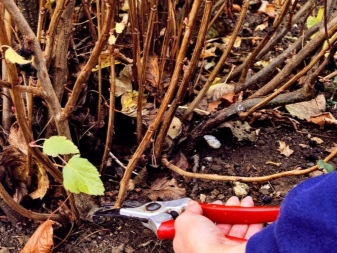
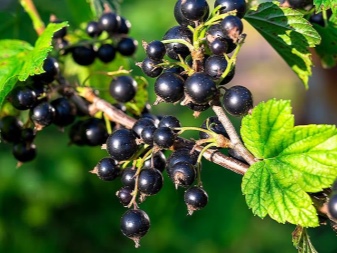
Red
Interestingly, red and black currants have different types of root systems. In black, the root form is more fibrous, in red, it is pivotal. This affects the shape of the shrub, and it can recover, seek food in the ground, and fix in it in a different way. Moreover, these species differ in biologically determined ripeness and aging.
You can compare:
- red currant ages longer, and its shoots need to be cut off at the 6th or even 7th year, while black currants are rejuvenated at the age of 5;
- pinching of one-year-old branches is a taboo for red currants, it is also impossible to shorten the shoots of two- and three-year-olds;
- it will be necessary to thin out the black currant more, it starts up new shoots faster.
Black currants will age faster and will live for 35 years, no more. Red will last longer - 40 years.
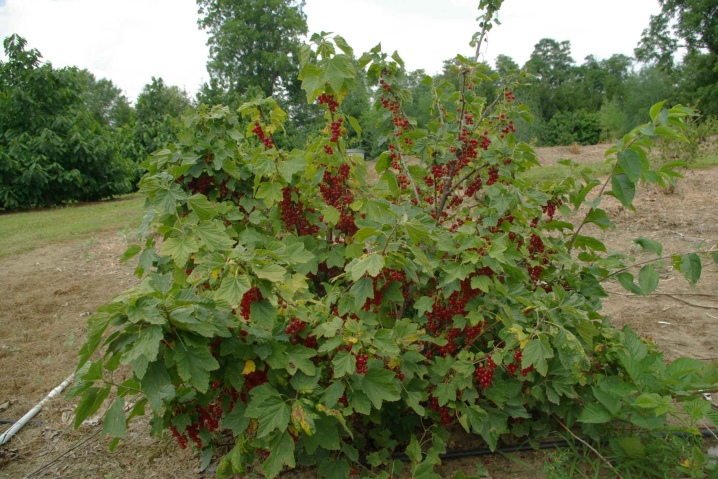
What other points about updating red and black currants are important:
- the tool must be clean and fairly sharp, otherwise the wood will warp;
- the renewal process should take place in good (clear, dry) weather: the risk that the infection will make its way through fresh wounds is reduced;
- everything removed will have to be destroyed, in extreme cases, left on the humus away from the bush;
- the weak and the sick is not cut off as you like, but precisely at the root;
- rejuvenation should almost always be accompanied by thinning of thickets.
The update will result in the strongest branches remaining on the bush, and the weakest ones being removed.
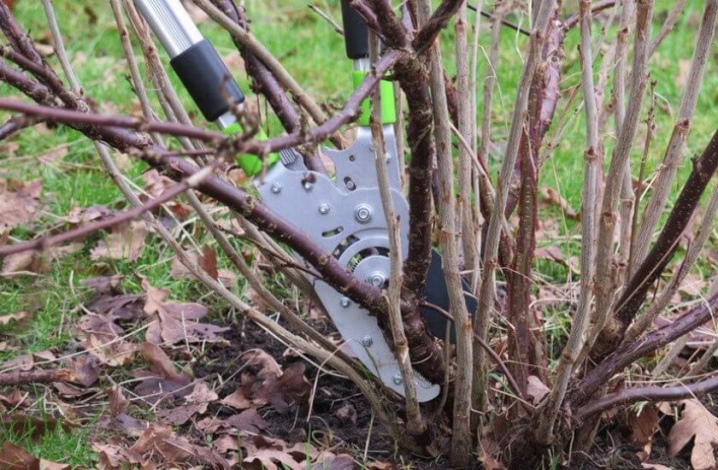
Tips for rejuvenating neglected bushes
One procedure is not enough for such an operation. And not just a procedure - even one season is not enough. We have to tune in to a serious process that will take a couple, or even three years. It is important that each season works for one goal - to remove excess leaves and shoots, to maintain strong and productive parts of the plant, to increase the intensity of the harvest and its quality. Not everyone believes that old, unkempt currant bushes can be returned not only to their previous appearance, but also to their original taste. And yet it's real.
But if the bush is already so old that it is almost impossible to refine it, at least part of it can be reanimated. Just take the healthiest branches (not yet hopeless) and root them in a new location. Yes, it will be a new bush, but still not grown from scratch. Better this way than just uprooting and burning everything.

Surely many saw how the bushes were trite cut off to zero. And then the formed hemp was fed with nitrogen all spring, so that new shoots would not be long in coming. Just 5-6 shoots are enough, and the radically renewed bush will grow. There really is such a method, although it must be warned that it is risky. Novice gardeners have ruined more than one bush, trying to solve the problem in this way. It is just that feeding or cutting a little lower than possible does not always work. But the renewed plant has little attention on the very day / days of rejuvenation. He also expects care, which will help the bush to recover, to survive this stress without loss and finding new problems.
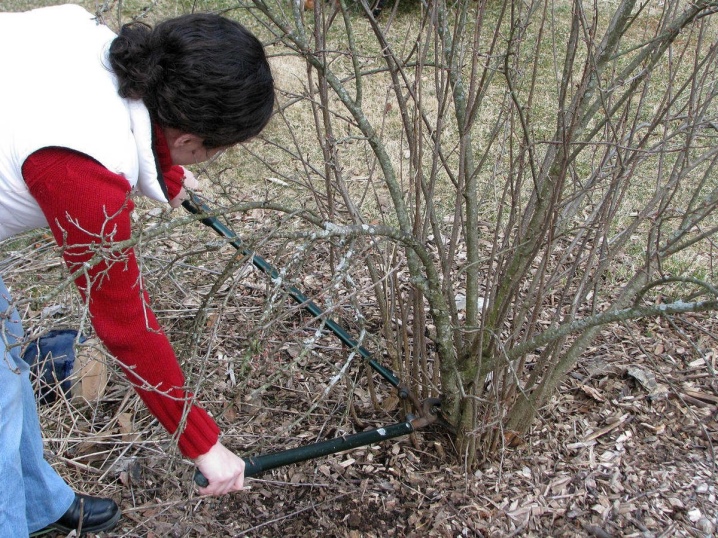
Follow-up care
Bushes that have just gone through the restoration procedure will begin to grow rapidly. New stepchildren will appear on them and among them you will have to choose the most promising - 4-5 of them should be found for sure. The rest are cut.
What else is important in caring for updated currants:
- weed harvesting is mandatory, do not underestimate the importance of this procedure;
- nitrogenous fertilizers and organic matter should be sent to the soil several times per season - sawdust and humus, ash can be added;
- watering is always intuitive, or rather, based on analytics - as it dries up, but moisture should not be excessive;
- as soon as signs of illness or pest attacks became visible on the currants, measures are taken urgently - it's time to spray it with fungicides and insecticides.
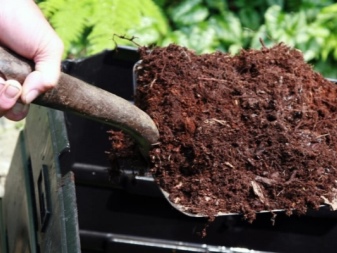
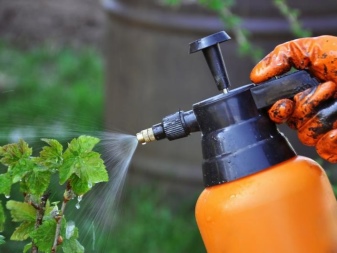
In the spring, the soil in front of the bush is necessarily loosened, all weeds are removed, a nitrogen composition is introduced (a tablespoon of urea with a slide) or ammonium nitrate. The plant should pick up in the green in the spring. The main thing is that the fertilizer is evenly distributed under the currants. The soil must be loosened in the near-trunk circle, and then from the watering can pour the earth under the bush. Then it needs to be mulched, for which sawdust or compost will do. This will help the moisture stay in the soil longer, and the mulch will also fertilize the currants.
Another useful property of mulch is protection against insect pests, because it is a serious obstacle for them.

Common mistakes
The most common wrong move (many beginners sin with them) is to trim only the upper part of the currant... This leads to improper formation of the bush, the foliage will only thicken more, and the berries will become even smaller. Also, it happens, gardeners regret to remove old branches, which seem to them very much even "battle-worthy". These branches, in fact, have not been productive for a long time, they waste nutrients on themselves, which leaves no chance for new stepchildren.
Of course, it is not complete without ignoring the timing. Especially often, erroneous rejuvenation occurs in frost. A shrub cannot survive two stresses at once.
Many mistakes will not be made if you do not just turn on the logic, but also read something thematic, prepare for the upcoming update.
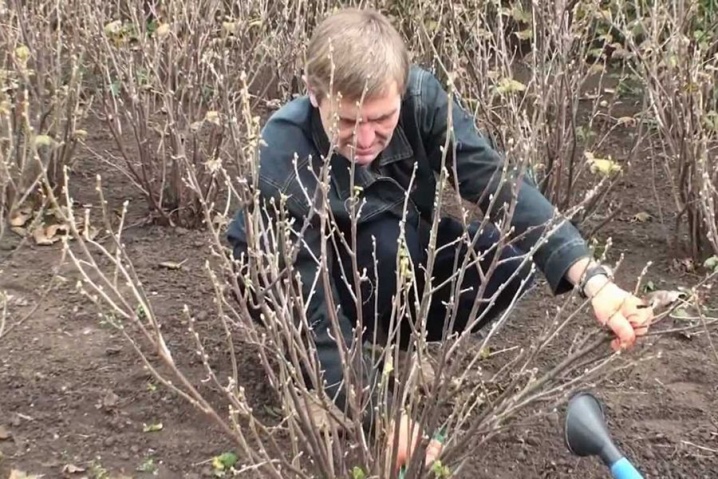













The comment was sent successfully.